Menu
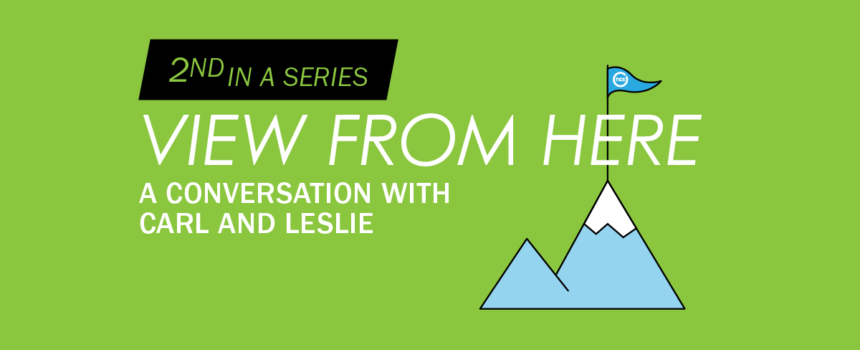
In the wake of such a pivotal year, the top question CPG advertisers are asking is: How do we grow our market share as consumer preferences continue to change? Carl Spaulding, executive vice president of strategy at NCSolutions, and Leslie Wood, chief research officer, virtually sat down to discuss their views.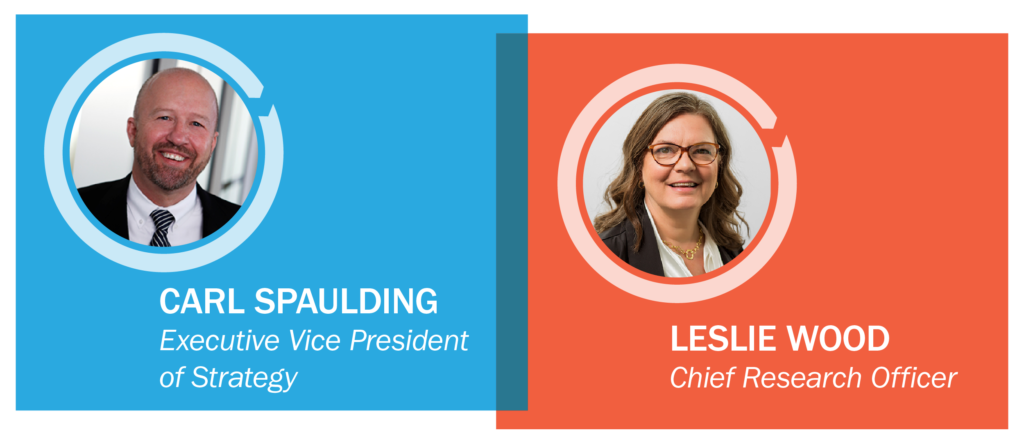
On Brand Loyalty

Carl: You’ve been immersed in research on brand loyalty for, what, about eight years now? That work has been really important in helping our clients understand where to focus their efforts. So, let me ask you: Growth is a top priority for brands—do they really need to put any effort into loyal buyers? I mean, they’re already buying the brands’ products.
Leslie: But they could be buying more of them! Our research is very clear – and brands are often surprised when we share our findings – the biggest response from advertising comes from loyal buyers.
Carl: That’s an incredible opportunity to drive more revenue.
Leslie: It’s also the best way to realize a higher Return on Advertising Spend. That’s because targeting light loyal and non-brand buyers is often a more expensive strategy.
Carl: Many brands feel the need to expand their audience beyond loyal buyers in order to maintain growth, so they spend significant portions of their advertising budget to attract new buyers.
Leslie: Of course, brands need to allocate some of their budget on building awareness among non-buyers. But there’s ample evidence for investing more to activate loyal buyers. This approach is far more effective and efficient.
Carl: Brands have to balance their short-term need for quarterly profitability with growing their franchise and their customer base over the long term.
Leslie: That’s right. A fundamental advertising concept is the leaky bucket. One school of thought is that you need to keep filling that bucket with new buyers to replace the ones you lose over time. That’s true, but our research clearly shows advertising to loyal buyers makes the “holes in the bucket” smaller. You want to keep replenishing. But if you’re only delivering your message to non-loyals and non-buyers, you risk losing your best customers to your competition.
Carl: If you aren’t talking to loyal buyers, you risk losing market share.
Leslie: And you miss getting more from them. Many brands are surprised to learn about the impact of advertising on the purchase behavior of their most loyal buyers. They often feel they don’t need to advertise much, because when loyal buyers make a purchase it is usually for their brand. But advertising actually reminds the buyers: Oh, that’s right, I should pick that up next time I’m shopping. Brands and retailers may think they’re capturing all of their loyal buyers’ potential spend. Yet, they probably aren’t. As we’ve discovered, loyal buyers are often willing to buy more.
On the Discovery Step of the Advertising Cycle
 Carl: In the pre-and post-planning stages of a campaign, it’s crucial to stop and take a look at who responds to your advertising and which buyers drive incremental lift. Is your creative message working, and among whom? This step is fundamental to improving advertising effectiveness. It gives advertisers the opportunity to build their brands by better aligning campaigns with whom the message is resonating, even if that wasn’t part of the original marketing strategy.
Carl: In the pre-and post-planning stages of a campaign, it’s crucial to stop and take a look at who responds to your advertising and which buyers drive incremental lift. Is your creative message working, and among whom? This step is fundamental to improving advertising effectiveness. It gives advertisers the opportunity to build their brands by better aligning campaigns with whom the message is resonating, even if that wasn’t part of the original marketing strategy.
Leslie: Exactly. They gain the opportunity to tune their activation strategy to reallocate advertising investments to higher-performing audiences or to the best creative. Maybe you’ll discover that you’re heavily pursuing non-loyals but getting a higher incremental lift from loyals. You can adjust the next campaign to reset the balance so you can pursue both types of buyers as successfully as possible.
The Discover phase can also identify consumers who would have responded if they had been exposed. They may have been anywhere on the loyalty ladder, but the key insight is that they likely would have responded. The NCS Discover product suite is in a pilot phase to be released to market this spring.
On the Impact of Machine Learning
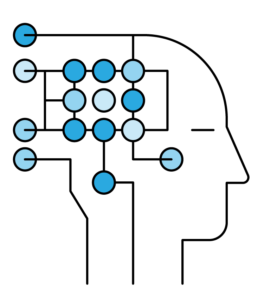 Carl: What’s interesting is that we can do this much faster now because we have better technology. I’m talking about machine learning. There’s no way NCS could be doing everything we’re doing this year if we hadn’t started investing seven years ago in machine learning methodology. That investment has allowed us to keep up with the accelerating speed of business. It allows us to measure and provide advice in near real time, and we couldn’t do that without machine learning.
Carl: What’s interesting is that we can do this much faster now because we have better technology. I’m talking about machine learning. There’s no way NCS could be doing everything we’re doing this year if we hadn’t started investing seven years ago in machine learning methodology. That investment has allowed us to keep up with the accelerating speed of business. It allows us to measure and provide advice in near real time, and we couldn’t do that without machine learning.
Leslie: I agree. Machine learning has given us the ability to look at the responsiveness of advertising in a way we were never able to before. Today, we can ask questions about people who weren’t even exposed to campaigns and know what would they have done if they had been exposed. With machine learning, the data leads advertisers to the most important conclusions. By contrast, with traditional methodology, advertisers had to decide ahead of time what they wanted to test. Now, though, the data tells us what’s important, what to pay attention to and what advertisers’ next steps should be.
Carl: You mention traditional methodology, and of course, we were looking at the responsiveness of advertising long before we had machine learning. It’s impossible to overstate how much our learning process contributed to our ability to fully realize the potential of this technology.
Leslie: Absolutely. You know, if we knew years ago how much work this would take, maybe we wouldn’t have pursued this! I’m joking, of course, but it has been far more work than we ever expected. It’s a common misconception that you can simply apply machine learning to big data and the instant result will be insights you can use. But what we’ve discovered over all these years is: It’s a lot more complicated than that. To get actionable intelligence, you really need to apply statistics. This learning process has been far more work than we ever expected, but it has led us to develop some very powerful tools that are now integrated fairly broadly in what we do.
Carl: We’re going to continue to learn, too. But one thing is certain: In 2021, advertisers and the publishers they work with have some truly valuable tools to work with to improve their advertising effectiveness.
Consumer purchasing behavior will continue to evolve over the next few months as the pandemic persists. But based on NCS findings, CPG advertisers can be certain that leveraging brand loyalty insights can have a significant effect on their overall campaign effectiveness. Ready to learn more?
Subscribe for Updates
GET INSIDE THE MINDS OF CPG BRAND MARKETERS
Learn about their data-fueled strategies
SNAG YOUR COPY OF THE REPORT TODAY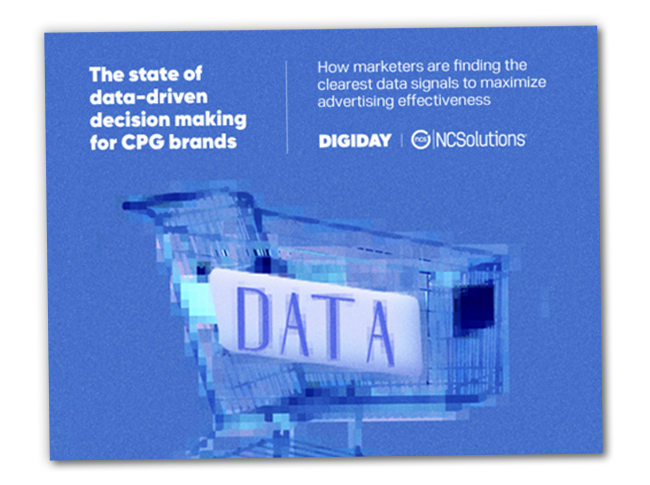
WONDERING HOW CONSUMERS RESPOND TO INFLUENCER MARKETING?
See how creating content drives results
DOWNLOAD YOUR COPY NOW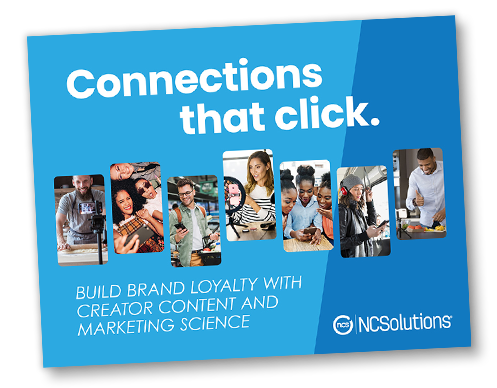
WANT TO KNOW MORE ABOUT HEALTH AND ECO-MINDED SHOPPERS?
Get CPG insights to engage your buyers
ACCESS THE E-BOOK TODAY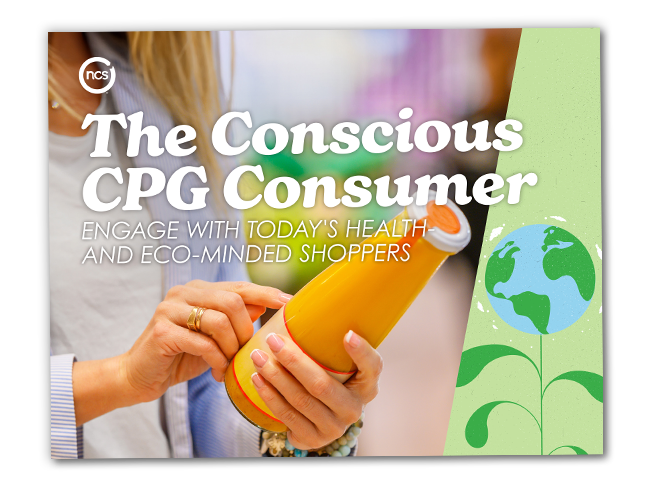


.png)
.png)

